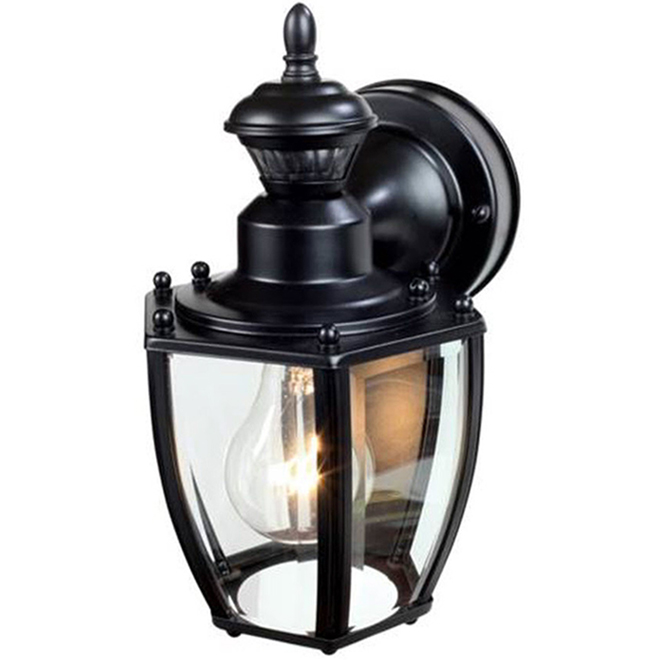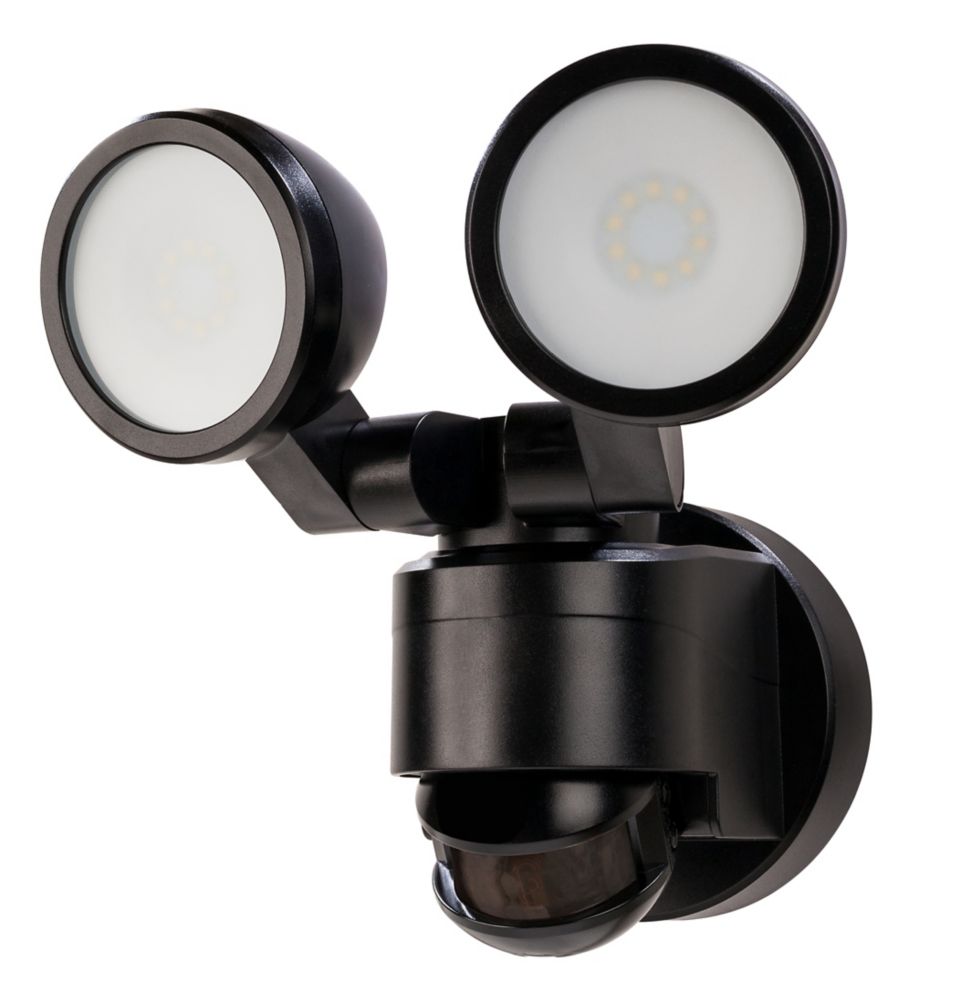Table of Content
I visited it in winter so I can't say what is a service quality. But it seems to have everything one can need to relax on the beach or enjoy water sports. There is a bicycle path around the whole lake and marked hiking trail. Although the lake is intensively commercially used you can find there a beautiful nature and even a natural reservation. I was amazed by two big flocks of geese. Watching them flying over the lake was a breathtaking spectacle.
Scrub the flame sensor until the black charred layer is removed. The sensor should have a dull shine. Trane has more than 120 years of experience in the business. It's that kind of tradition and reliability that's earned us America's Most Trusted HVAC System.
How to clean your furnace’s flame sensor
This is a genuine Trane OEM part. This is a genuine Rheem OEM part. This is a genuine ICP OEM part.
Somewhere in front of the burners is the flame sensor. The flame sensor is usually a short rod that sticks out in front of where the flame would be. However, not all multimeters are capable of testing a flame sensor.
Searched for "flame sensor"
If your flame sensor does not produce a current in the presence of a flame then the flame sensor is bad. Connect your multimeter in series with the flame sensor and its wire. Connect the positive multimeter lead to the flame sensor’s terminal. Connect the negative multimeter lead to the flame sensor wire that goes to the control board. Ensure that your multimeter’s wires are clear of the burners so they don’t get roasted when the furnace turns on. In this article, I’ll go over the most important things that you need to know about your furnace’s flame sensor.
Accelerate your business's options and take it the next level when you open a credit line with Home Depot Pro. Download our credit application to apply. Get the professional answers you deserve. Our digital help center is here to help you navigate Home Depot Pro's one-source solutions and get the job done right.
Where is the furnace’s flame sensor?
Switch your multimeter to the DC microamps mode. Using rough abrasives will scratch the sensor rod too much. It will only cause the sensor to get dirty faster next time. I’ll also go over how a flame sensor works, and how to test and replace a flame sensor.
First, I’ll show you where to find the flame sensor. This is a genuine York OEM part. Installation by a licensed professional is recommended. This part is suitable for HVAC applications. This is a genuine Carrier OEM part.
You can also upload your list using the Excel template provided on the "Favorites List Management" page. This is a genuine GOODMAN replacement part. See installation guide for more details. Professional installation recommended. Install the new flame sensor.

Put the new flame sensor in the same location as the old one. Fasten the new sensor down using the same screw/nut that you removed from the old one. When no flame is detected, the flame sensor does not send a signal to the control board.
The flame sensor is always on the opposite side of the ignitor. For example, if the ignitor is on the right side of the burners, then the flame sensor is on the left side. Altmuehlsee is according to me the most beautiful lake in the area.
Connect the wire to the new flame sensor. If your new flame sensor has a different type of connector, you will need to use that type of connector. Your multimeter will need to be able to read DC microamps (μA) in order to test a flame sensor.
They are abrasive enough to remove char, but not too abrasive– so they won’t leave deep scratches. Make sure that your furnace has been off for at least 30 minutes so that its internal parts are cool. You don’t want to clean a hot flame sensor.

One important note– you shouldn’t use sandpaper or steel wool to clean your flame sensor. Unless the sandpaper is fine grit. Clean the flame sensor I prefer using a scouring pad. If you don’t have one, then a dollar bill works fine.
The Robertshaw Flame Sensor Assembly and Replacement Sensors have high temperature Kanthol sensor rods that will withstand 1800F . The sensor rod is 4 long and can be cut and bent to match an original unit. Excellent replacement for most manufacturers' flame sensors. The furnace’s flame sensor is a safety device—its purpose is to prevent unburned gas from spilling into your home. If your furnace’s flame sensor is bad, then it will need to be replaced. This is why a dirty flame sensor will cause problems in your furnace.


No comments:
Post a Comment